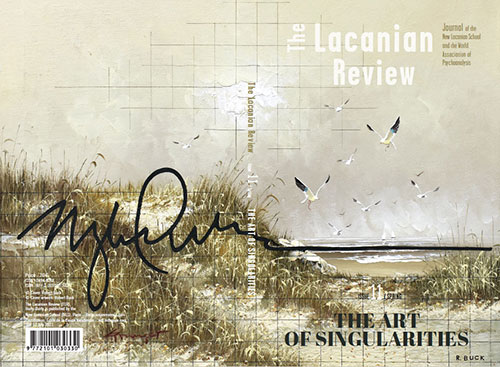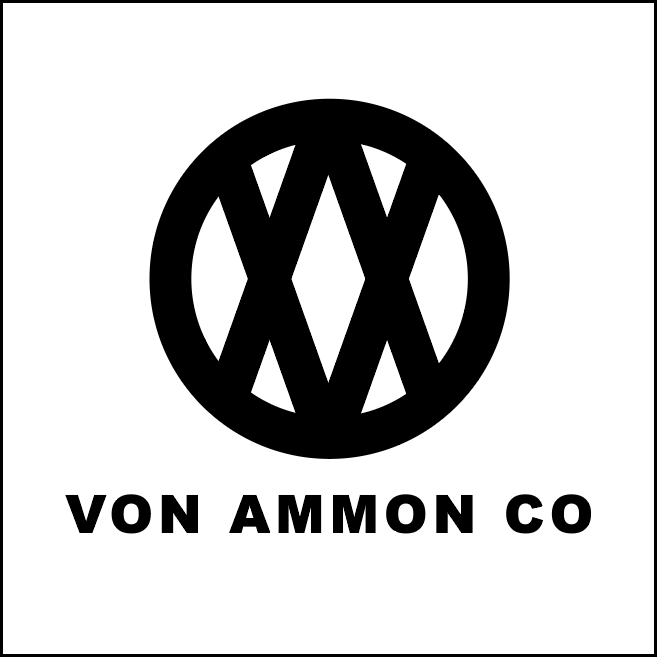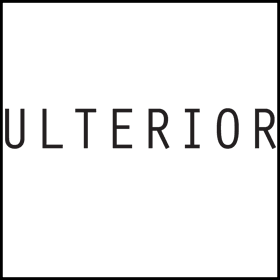
On a horse with no name
It felt good to be out of the rain
In the desert, you can remember your name
‘Cause they’re ain’t no one for to give you no pain
– America, 1972
I first saw ‘the desert.’ I think everyone has a mental concept ‘the desert.’ The real desert is nothing like it.
– Agnes Martin, c. 1977
When in 2008 I made a name for myself by changing my father’s by a single letter, Beck to Buck, from e to u, I began a series of modified thrift store paintings, Second Hand, one of which appears on the cover. The first step in making the work is my encounter with a particular painting, each one signed by its maker, at thrift stores on sojourns out west, Arizona, Nevada, Utah, New Mexico, Texas. Back in the studio, I select an associative signature from my exhibition guest books and transcribe it using a one-inch grid, so to enlarge it, onto the recovered painting––second hand, as it were. I then sign it with my self-nomination, R. Buck. By coupling a discarded, signed painting with a littered signature and endorsing the consequent work by inscribing my self-made name, I derange the role of all three contributors and query the act of naming itself. Each of the signatures lay claim to the finished work and together trouble assumptions of authorship, ownership, and artistic expression. The amended paintings are exhibited on silver 3-inch-grid metal display trellises, which visually echo the ink grids and denote the wider economic, social and distribution networks they now occupy. My interventions elevate a vestige of a life: rendered in a castoff, often remarkably beautiful painting; and indexed by a name signed, or in some cases scrawled, in a gallery guest book. With each iteration thus of my newly lettered name I attest to the secondhand or recycled quality of the Name-of-the-Father in the 21st century and the artifice and freedom won by making use of it. One summer afternoon as a young boy I left my parents’ home. I walked for what seemed a very long time, the distance of six suburban homes, until I came to a curb at the end of the block. The sidewalk continued to the left but I stopped at the pavement’s edge. Not long ago I recalled that a family named Buck lived in the house on the corner. As a man I took to the road, traveled west, almost always alone, in search of farther frontiers. In 2008, I reached the ultimate one, in the desert, along the rim of a collapsed volcano, the Solitario, on the U.S./Mexico border. At this limit, along this littoral, I bought land with a small off-the-grid self-sustainable cabin. “It’s your home”, the seller said. Vast, mute, empty, absolute, I knew this place, embodied it, the depravation and isolation I often endured as a boy. What is it to live madness and not recognize it as such? How to contend with it? Adaptation. Paranoia. Art. For many years during my desert sojourns, I often gave way to a jouissance as perilous and untamed as the land. What lasts is the austere beauty and breathtaking silence of the desert. Eventually they came to occupy the void. And, in time, making use of the know-how I recuperated and of the desire of a woman I chose, I arrived at my One place…
Robert Buck © 2021
Download
.png)


